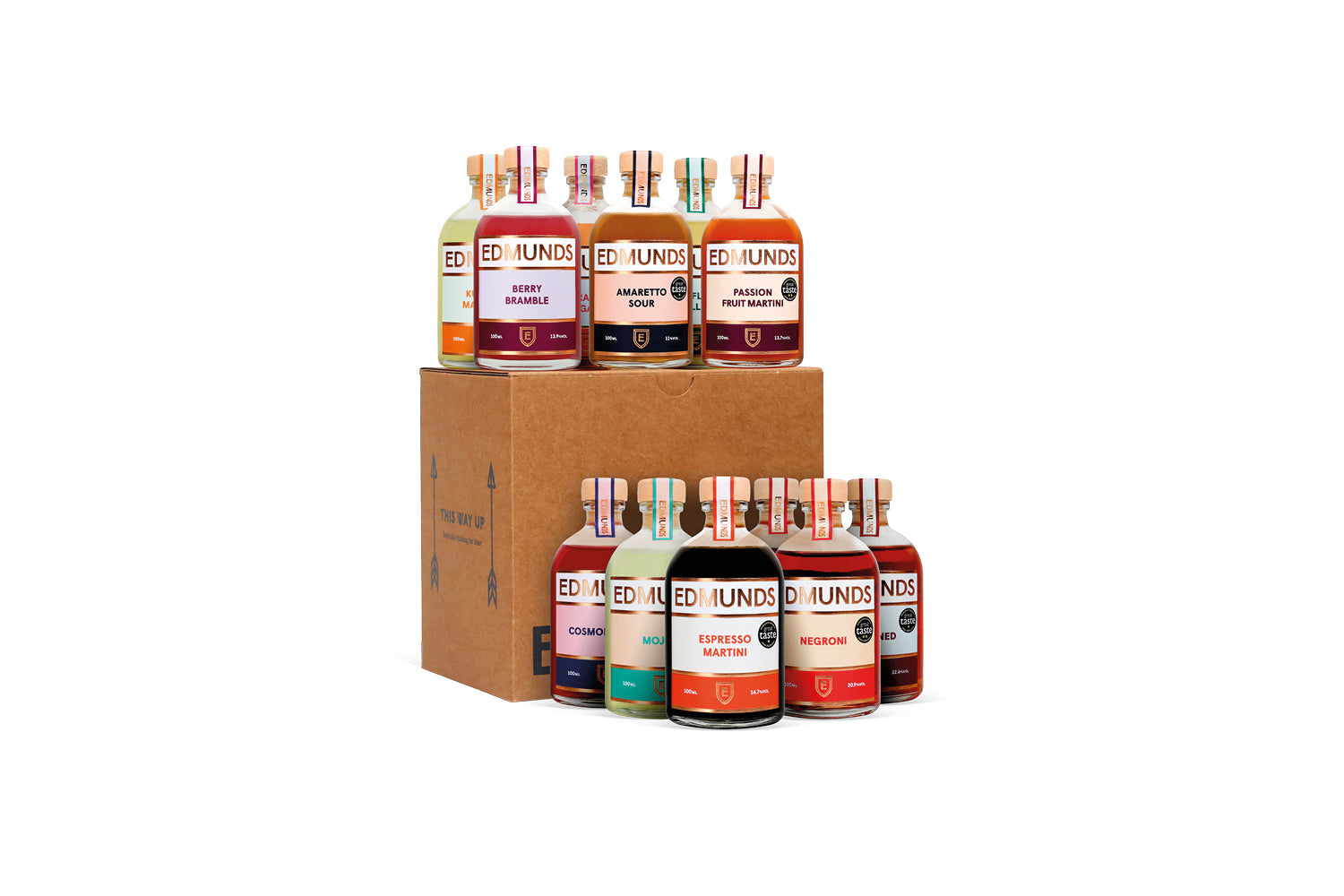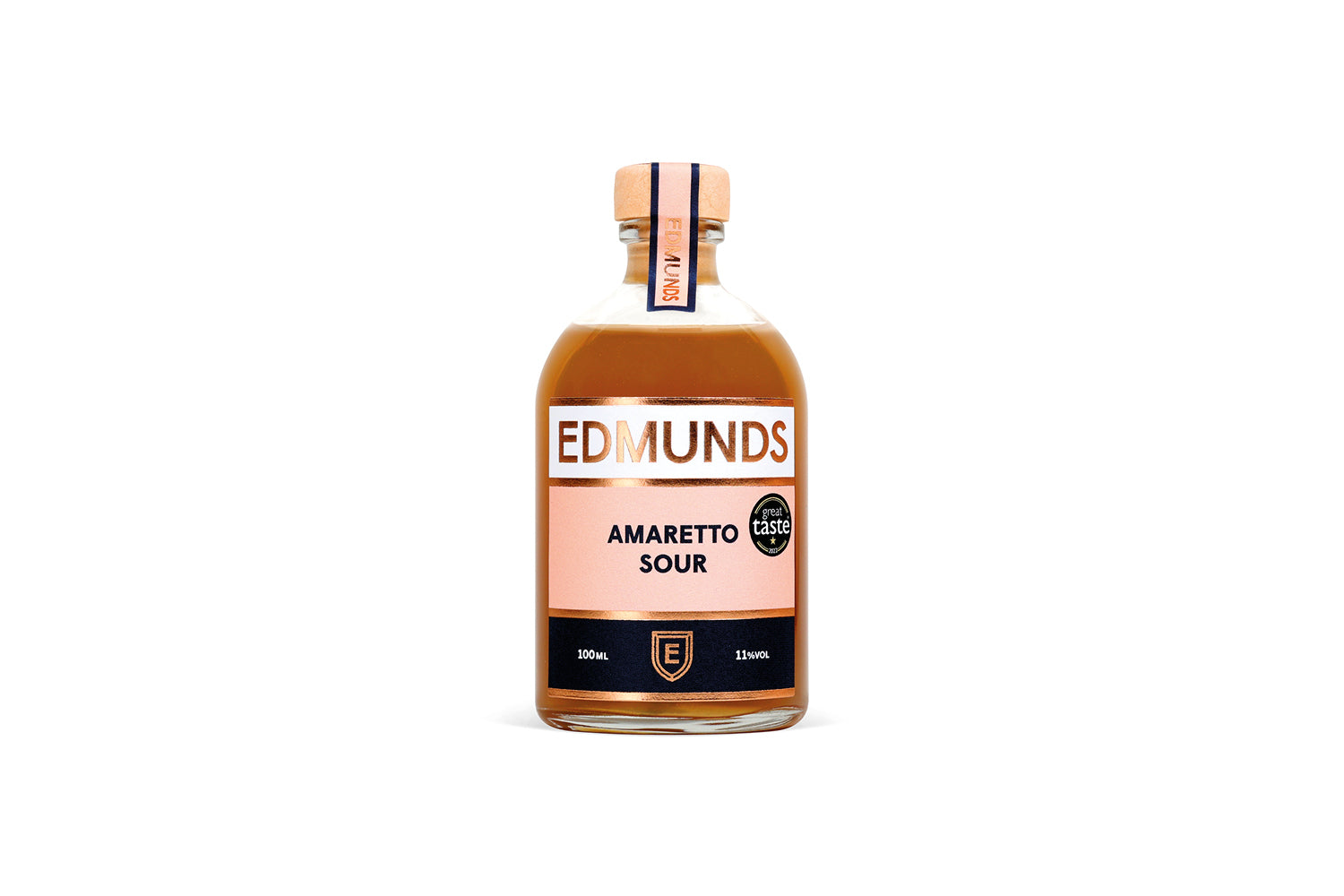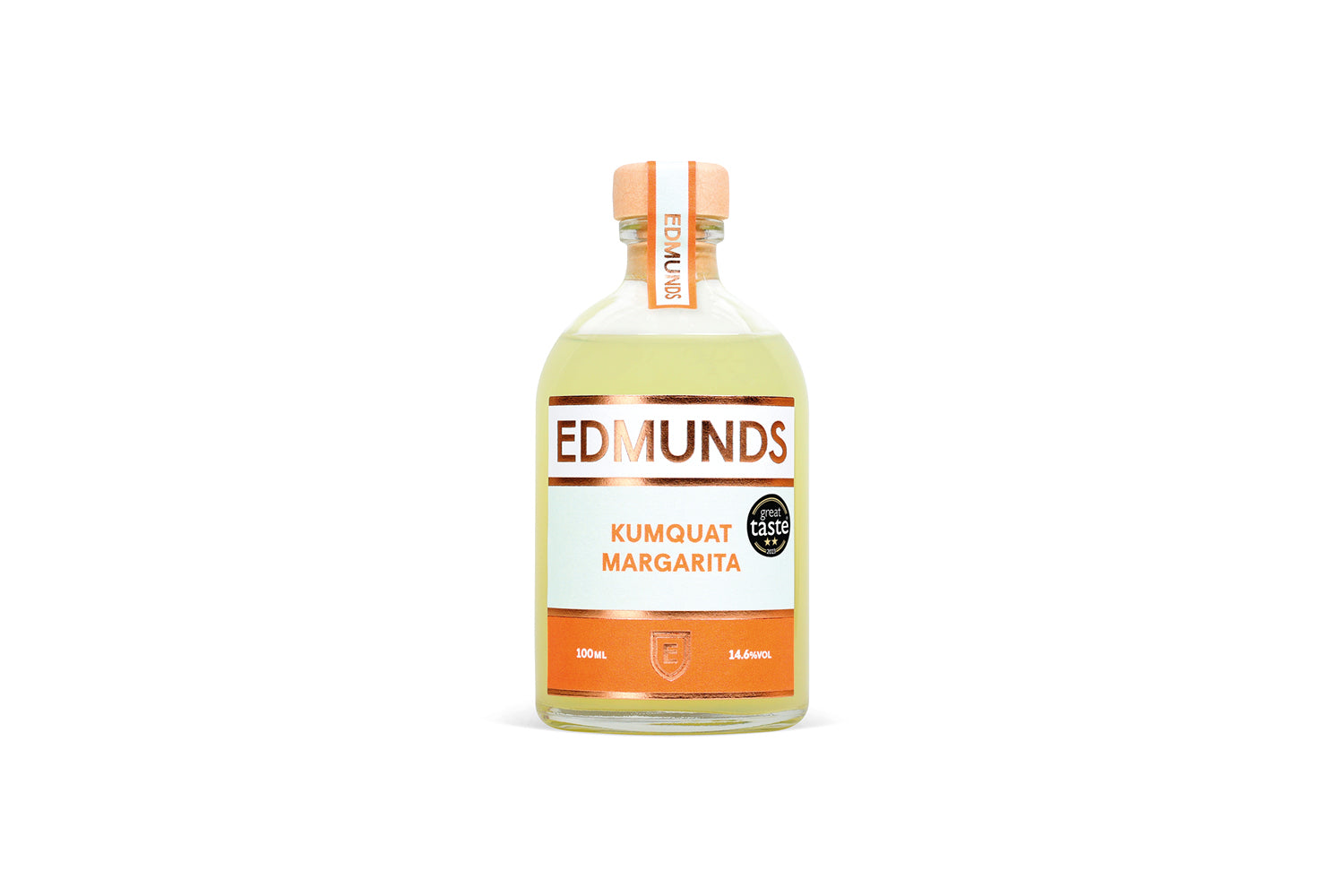It’s an iconic movie opening scene. An elevated wide-angle camera shot over a flamboyant Day of the Dead parade on the streets of Mexico City*. The camera swoops in to track the progress of masked villain through the crowds, before swerving to shadow a sombrely costumed Daniel Craig as he enters a hotel, emerging a few moments later from a bedroom window to perform a dizzyingly high roof-top walk towards an earth-shaking shootout.
Opinions differ on how Spectre ranks in the Bond film pantheon but the slick four-minute opener, apparently filmed in a single, unbroken sequence**, is certainly among the best of its genre.
It also captures the spirit of a cultural extravaganza whose influence has travelled far beyond its Mexican origins, gilding adjacent festivals, like Halloween, with its theatrically gothic glamour and influencing many alternative art forms, including tattoo design.
El Día de los Muertos – held annually on 2 November – is a Mexican holy day. While it shares some superficial traditions with Halloween, like dressing up in macabre outfits, its symbolism couldn’t be more different.

Where All Hallow’s Eve (celebrated two days earlier on 31 October) offers a once-a-year opportunity for scaring ourselves silly, The Day of the Dead represents a more profoundly spiritual belief: that on this day the boundary between the real world and the realm of spirits dissolves, allowing the dead to return briefly to drink, feast and dance with their loved ones.
Traditional Mexican Day of the Dead symbols, like calacas (skeletons) and calaveras (skulls) aren’t intended to spook or disturb us; rather, they are joyful representations of family members who have crossed to the spirit world but who, nevertheless, remain very much part of their communities.
Whatever your cultural background, the dark days of autumn give us all the perfect opportunity to gather together round the fire for food and drink with friends – with or without games and costumes. And, if you’re planning a crowd-pleasing drinks menu, you might want to consider the Margarita – perhaps Mexico’s most famous cocktail – as a smart option.
In its simplest form – tequila, triple sec, agave nectar and lime juice shaken with ice and served in a salt-rimmed coupe – this cocktail is a stone-cold classic. It also pairs wonderfully well with southern US and Central American-inspired dishes like chilli con carne, enchiladas or mole – the lime provides the perfect foil for spicy ingredients, while tequila brings out the best in smoky foods.

As befits any cocktail with a hundred years of history, the Margarita’s provenance is unclear. Tijuanan restaurateur Carlos ‘Danny’ Herrera claimed to have created the drink in the 1940s for a dancer, Marjorie King. However, it's thought that the Margarita – or ‘Daisy’ – was already being widely consumed in Mexico’s major cities a decade earlier and was possibly first served there by an Irish bartender called Madden. In any case, by the mid 50s, a California-based José Cuervo distributor was promoting tequila in the US using a printed Margarita recipe.
The cocktail has held its ground remarkably well in the intervening years, sparking dozens of variations, including the hugely popular frozen-style Margarita, in which the spirits and fruit juices – including beach bar favourites like peach and strawberry – are blended with crushed ice to a smooth slush.
Our own version of the cocktail – the Kumquat Margarita – offers a playful twist on this Mexican classic, blending top-quality El Rayo brand tequila with fragrant kumquat liqueur, fresh lime juice and silky agave nectar for a sweet-tangy finish. It’s the perfect choice for a seasonal party and an ideal partner for spicy nibbles.
*Interestingly, the Day of the Dead spectacle that was staged for the Spectre opener in 2015 acted as a catalyst for Mexico City to start hosting its own inaugural parade the following year. Who says life doesn’t imitate art?
**Spoiler: it wasn’t










































































